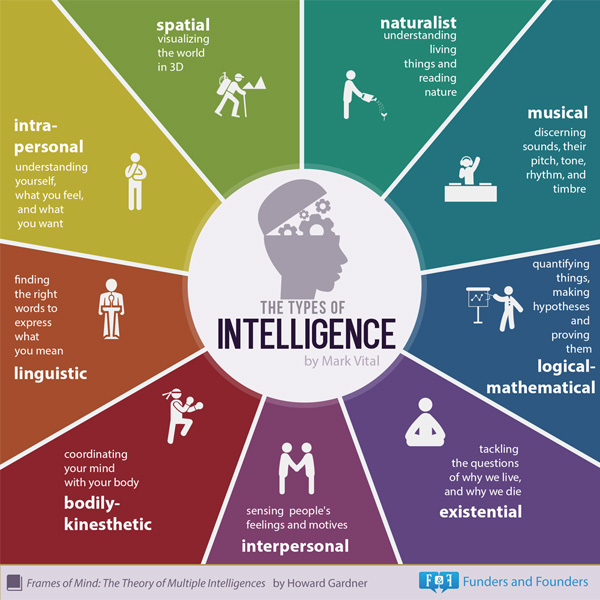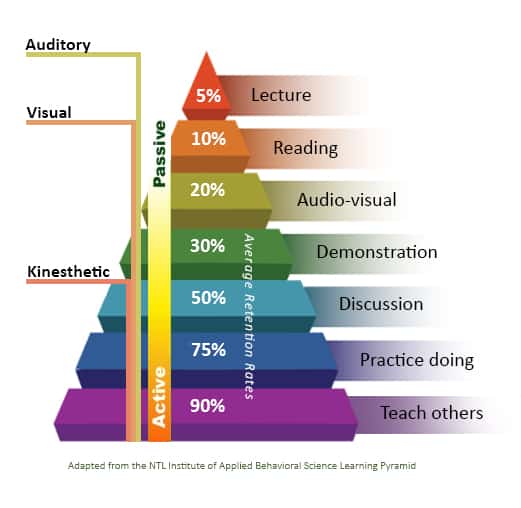There are advantages of integrating hands on learning into your classroom. In 350 BCE Aristotle wrote, “For the things we have to learn before we can do them, we learn by doing them.” This remains true and by integrating hands on learning alongside traditional learning methods your students will engage in the topic more and have better learning outcomes. Hands on learning programs work across the Learning Styles.

Hands on Learning can increased retention
Including hands-on activities can dramatically increase your students retention rates. When looking at retention rates of other presentation styles versus hands-on methods, research shows that learners retain only 5% of material presented through lecture and 30% of which is taught by demonstration. Hands-on participation, on the other hand, can lead to as much as a 75% retention rate.
Hands on Learning benefits differing Learning Styles
Not everyone learns in the same way. Auditory and Visual learner may be able to master skills by watching an instructor perform a task, a kinesthetic learner will perform better if they perform the task themselves. Offering hands on activities in your classroom can benefit all types of learners by providing opportunities for all types of learners to observe as well as perform.
Hands on Learning can increased engagement
Students can tune out when they are being talked at – leading to missed learning opportunities. Hands on programs keeps learners engaged in what they are learning.
Hand on Learning provides the opportunities for feedback
One of the benefits of hands on programs in the classroom is the opportunity for instant feedback, instruction and critique. Completing a technical exercise or taking part in a role-playing exercise in the classroom environment makes it easier for feedback. Students can benefit from interactions with the teacher and peers and use immediate feedback to improve learning outcomes.
Hands on Learning enables extra practice
Practice does make perfect, even students with natural talent can refine skills through repetition. Hands on programs provides the opportunity for practice. It is then more likely that learners will be able to perform the skill they have learned at a later time.
Hands on Learning improves problem solving
Hands-on programs can expose students to challenges and obstacles they might encounter in the real world. students can then work through these challenges in a safe environment—developing their problem-solving skills. Incorporating hands-on problem-solving exercises into the classroom environment also allows learners to ask for help and works with peers to further develop problem-solving skills. These students will then be better equipped to deal with problems in future programs.
“I hear and I forget. I see and I remember. I do and I understand.” Confucius
By incorporating hands-on learning activities into your classroom you will engage students with a range of Learning Styles and create quality learning outcomes.


